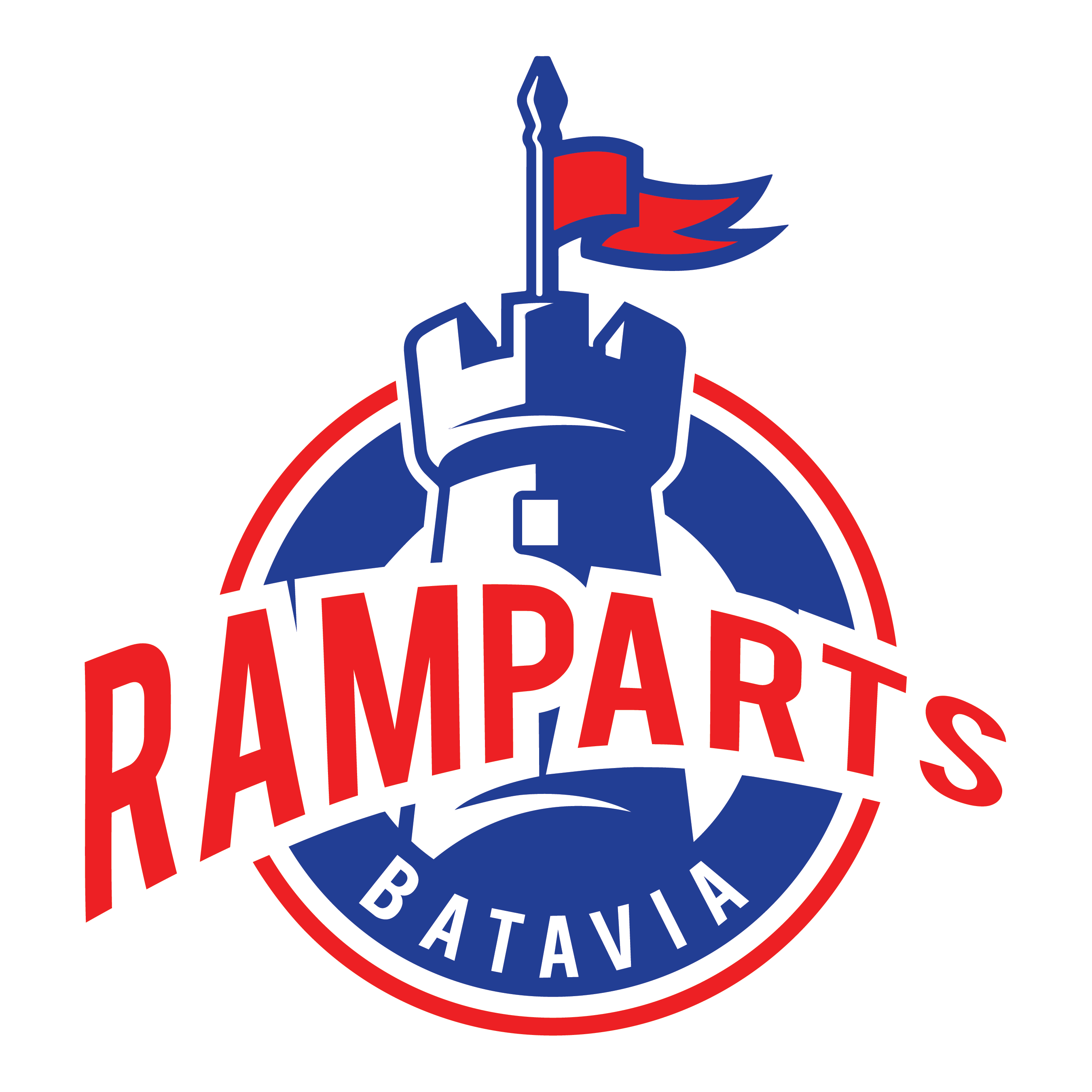Mite RWB
The Mites Hockey program is designed for young players aged 5 to 8 who are just beginning their hockey journey. This program focuses on developing fundamental skills such as skating, stickhandling, passing, and shooting in a fun and supportive environment. With an emphasis on teamwork and sportsmanship, Mites players participate in engaging practices and small-area games that promote skill development while fostering a love for the game.
Mite information
The Skill Development Program now includes the Cross-Ice curriculum. The combination of these programs places appropriate emphasis on skill development for each individual player in an efficient, age-appropriate manner. By establishing a solid skill base, while keeping the travel and participant cost under control. As a result of these programs, many associations and leagues around the country have replaced their full-ice 8 & under programs with Cross-Ice programs. To help you further understand the benefits of the cross-ice practicing and playing model, some of the advantages are listed below.
practicing
- The children have more energy with which they can improve their skills when they are skating
85 feet across the ice surface as opposed to the 200 feet length of the ice surface. - Group sizes become smaller which means learning and teaching will become more effective.
- The close feeling of belonging to a team will motivate a child to participate with even greater
enthusiasm. - Drills designed according to the varying skill level of players within the group are easier to
organize. - More puck contact, resulting in improved puck control skills.
- More repetition/frequency in drills in one ice session.
- Decision-making skills are enhanced, as more decisions must be made more frequently at a
higher tempo.
Actual game
- Playing on a smaller rink results in increased puck possession time for each player.
- Individual technical skills develop more quickly.
- More frequent line changes in the game means more ice time for each player.
- Line changes are made quickly since the players are directly beside the playing surface.
- Each player’s activity increases greatly.
- Scoring skills are enhanced since the players have more shooting opportunities.
- The goalkeeper’s reading of the game and reaction to changing game situations become more
effective. - More repetition for goalkeepers.
- The game is full of continuously changing situations.
- The speed in playing situations increase, which will require quicker mental and physical
reactions by the players. - Due to increased tempo, all of the team members take part in solving the playing situations,
which leads to a sharing of responsibilities between players. - The feeling of being an important part of the action increases because of the small size of the
rink. - Hockey sense, or understanding the principles of the game, is being developed at a young age.
- There are no unnecessary breaks in the game (i.e. off-sides, icing).
GENERAL ORGANIZATION
- More efficient use of ice time and space.
- The size of the rink is in proportion with the size of the players.
- USA Hockey recommends that teams play with two or three units of four or five players and one
goalkeeper, which results in each player having more ice time. - More ice time for practicing and playing is made available to more teams within a single
association. - Many teams can practice together by sharing the ice surface.
GENERAL SPIRIT OF PARTICIPATION AND FUN
- More children get a chance to play ice hockey.
- More children will experience a feeling of success when playing hockey.
- The same exciting and fun environment as in a full ice game is created.
- More and less gifted children will benefit from close/tight action on the ice.
- Children are excited and motivated to continue playing hockey.
- Hockey will be more appealing and rewarding to a wider range of children and their parents.
Mite Teams
Mites expect to have four teams for the 2024-2025 season. Players will be placed onto one of the four teams, but will practice on shared ice schedules.

